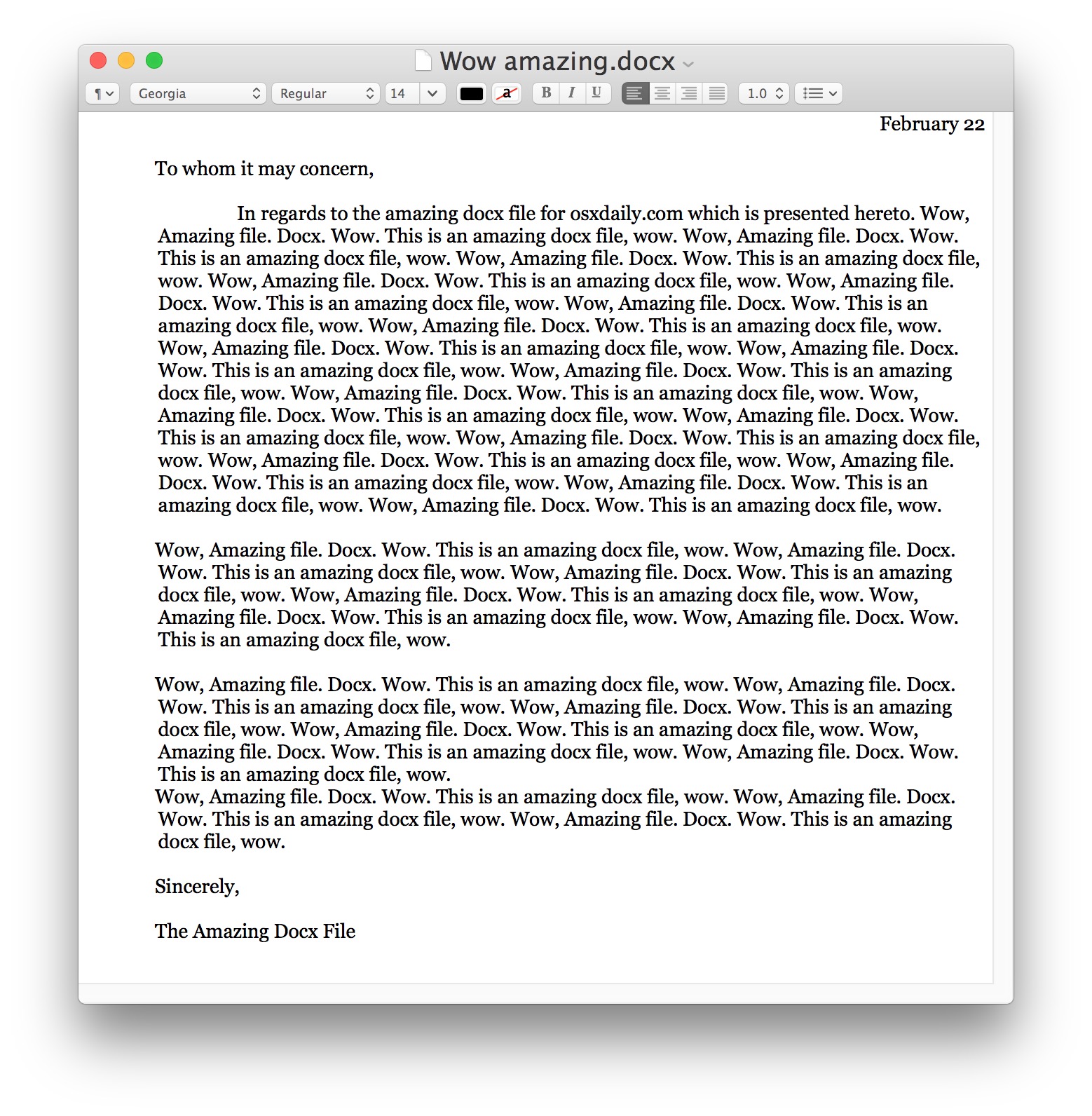This works, but does not give your expected Mac OS X default behavior. (if you try it, you'll see) To get the default UI behavior, using the Mac built-in open command, with that '-a TextEdit' flag (that others mentioned) induces the Mac UI to have (any) currently running instance of TextEdit handle the call (with no inapropos 'sudo' needed for. Get better zoom. TextEdit offers a zoom feature with two sizes: tiny and huge. Not very practical.
TextEdit is a word processor/text editor in Mac OS X Leopard that you can use to create documents, write letters, scribble notes, or open Read Me files. Although TextEdit isn’t as sophisticated as Microsoft Word (or even AppleWorks or Pages), you can definitely use the OS X TextEdit for light word processing and text editing. It’s capable of doing some (but not much) text formatting and can even check your spelling.

When you launch TextEdit, a blank, untitled document should appear on your screen. If one doesn’t, choose File –> New or use the shortcut Command+N. Before you begin work on any document, you should save it to your hard drive by choosing File –> Save or using the shortcut Command+S.
As you work with the document, it’s a good idea to save it every few minutes, just in case. After you’ve named a file, all you need to do to save its current state is choose File –> Save or use the shortcut Command+S.
Now begin typing your text. When you type text in a word processor, you should know a couple of things:
- Press the Return (or Enter) key only when you reach the end of a paragraph.
- You don’t need to press Return at the end of a line of text — the program automatically wraps your text to the next line, keeping things neat and tidy.
- Type a single space after the punctuation mark at the end of a sentence, regardless of what your typing teacher might have told you.
- Word processors and typewriters aren’t the same. With a typewriter, you want two spaces at the end of a sentence; with a word processor, you don’t. (Typewriters use
Textedit Alternative Mac Os X
fixed-width
- fonts; computers mostly use fonts with variable widths. If you put two spaces at the end of a sentence in a computer-generated document, the gap looks too wide.)
- Limit most documents to a maximum of two different fonts.
- Mac OS X offers you a wide selection of fonts, but that doesn’t mean you have to use them all in one document.
To put certain characters in your TextEdit document, choose Edit –> Special Characters (shortcut: Command+Option+T). This command opens the Character Palette, where you can choose special characters such as mathematical symbols, arrows, ornaments, stars, accented Latin characters, and so on. To insert a character into your document at the insertion point, simply click it and then click the Insert button.
TextEdit supports images, too. Just copy an image from another program and paste it into a TextEdit document. Or you can use drag-and-drop to put an image into a TextEdit document from many applications.
Text Editor Download Mac Os X
TextEdit can even open Microsoft Word documents (.doc files). This is fabulous if you don’t happen to have a copy of Microsoft Word on your hard drive. Neat!

